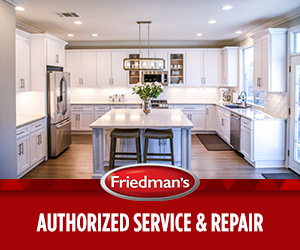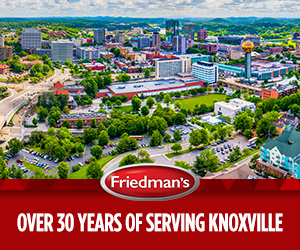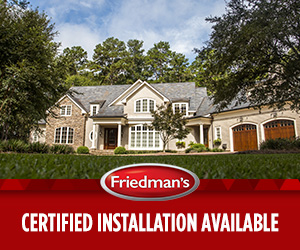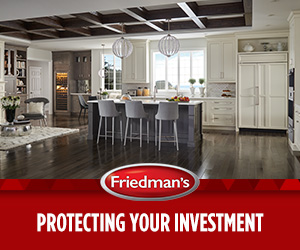If it’s been a minute since you last purchased an oven, you may be surprised to learn about new features and dynamic technology now commonly found in these modern appliances. For example, many ovens now come with built-in air fryers and smart home technology. Having convection cooking as an option is also rapidly gaining in popularity, particularly in the premium and luxury appliance space. Let’s dig in and learn more about this amazingly even and efficient cooking mode that will bring joy back to your meal-making experience.
What is Convection Cooking?
First things first: Convection cooking is a way to cook food in an oven using a consistent, fan-blown heat so the dish cooks thoroughly and evenly. Whereas traditional ovens use a heating element, which emits heat from the source and often leaves portions of the dish unheated, the convection mode uses both a heating element and a fan to blow the heat throughout the oven cavity, thereby providing consistent warmth and thorough cooking. Because of this functionality, it doesn’t matter which rack you cook on. In fact, you can cook multiple different dishes at once—one on top of another—and they will be cooked at the same rate regardless of placement because of this thorough, consistent heat. Additionally, dishes enjoy a crisper, more brown texture as a result, and they cook faster, which saves energy.
What to Know About Convection Cooking
Because the convection mode is simply an option on most modern ovens, that means using it is up to you. That’s important as some foods fare better than others when cooked in convection mode. For example, when you roast vegetables, the consistent, dry warmth cooks them faster and creates crunchy results. Or when the holidays roll around, and you are whipping up batch after batch of cookies, using convection mode means you can fill the racks to the brim as every cookie will bake thoroughly and evenly, regardless of whether there’s a cookie sheet directly above it.
Alternatively, there are some scenarios in which convection cooking is not ideal. For example, delicate dishes and lightweight foods such as soufflé may not be able to withstand the airflow produced in convection mode. Foods that brown easily or that you don’t want to brown would likely fare better in a standard oven mode. Finally, many home chefs advise that you adjust your standard bake temperature accordingly when cooking in convection mode, given how quickly things cook.
When you’re ready for that in-person experience to see how convection works, please stop by our showroom. We’re happy to welcome you in and show you our pro-style convection ranges and wall ovens. Until then, we invite you to visit our website and explore our wide selection of convection ranges and wall ovens.




